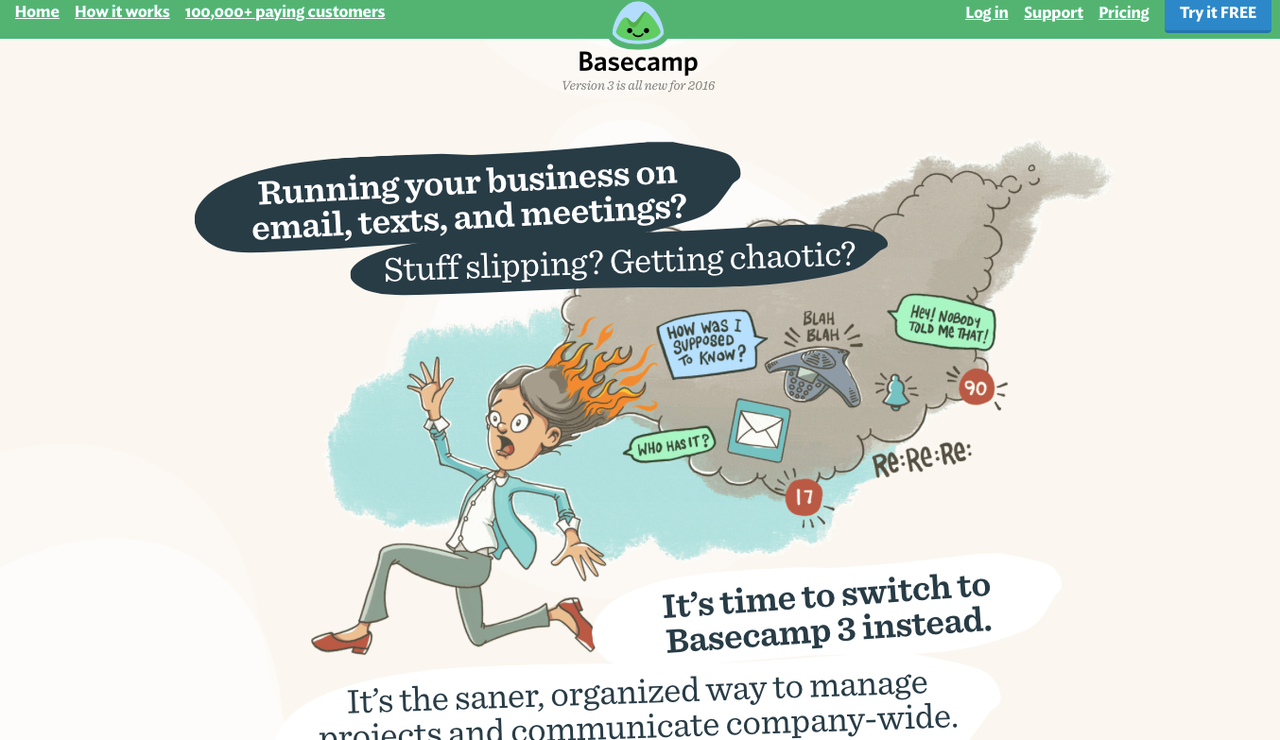Keyy Is A Clef Replacement For Intuitive WordPress Two-Factor Authentication

In March, the team behind the UpdraftPlus backup service announced that they planned to step into the space vacated by Clef. Their brand new two-factor authentication service, Keyy, is now live, and it has many of the same features as Clef.
For those who are unfamiliar with two-factor authentication, it allows site owners to demand an identifying credential in addition to the usual username / password combination. Username and password combinations can be very secure, but in the real world they tend to be a liability. Users often fail to choose a secure password, they may use the same password on more than one site, or otherwise make the life of criminals easier than it should be.
To take a common example, simple passwords can often be quickly cracked by brute-force bots. Many WordPress sites are compromised because an admin user picked “pa55word” as their password, or an equally guessable combination.
The second factor of authentication is typically associated with an item in the possession of a user: a smartphone or dedicated device that displays a one-time code. In addition to their username and password, the user has to enter the code presented to them by the authenticated object in their possession.
It’s much harder for attackers to compromise a site using two-factor authentication, but many users find the process of logging in with two-factor authentication overly burdensome. Clef, on the other hand, was supremely easy to use, as is Keyy.
With Keyy, users don’t have to enter usernames, passwords, or one-time codes. Instead, when they are ready to log in, users are shown a graphic which they scan with the Keyy app on their phone. Keyy works in essentially the same way Clef did. The app on the user’s smartphone creates a public key pair, the private part of which remains on the device, while the public key is shared with Keyy’s server. When the user wants to log in, the Keyy service generates an image tied to the session. The app scans that image and signs it with the private key before sending it to the Keyy servers, which verify the user has possession of the private key and logs them in using OAuth.
Clef provided other services like single-sign on, which aren’t available yet with Keyy, but the company plans to launch an SSO service in the coming months.
It’s worth mentioning that Keyy is a very new service, and it may be subject to the occasional glitch as the team works out the kinks. But it’s great to see an established and sustainable WordPress company with a track record of successful WordPress services step up to provide such an important security service.

 The faster eCommerce merchants can get customers through the checkout process, the more likely they are to complete that process. Much digital ink has been spilled on the value of a fast checkout, and there’s little faster than a quick tap of the finger, which is exactly what Apple Pay offers.
The faster eCommerce merchants can get customers through the checkout process, the more likely they are to complete that process. Much digital ink has been spilled on the value of a fast checkout, and there’s little faster than a quick tap of the finger, which is exactly what Apple Pay offers. It has recently come to light that
It has recently come to light that  Let me ask you a question. Have you ever clicked on a link in a advert, on social media, or in a blog post, and been taken to the home page of a website with no clue how to find what interested you in the first place? You saw a link embedded in content that made you take an action, but that initial surge of interest was wasted.
Let me ask you a question. Have you ever clicked on a link in a advert, on social media, or in a blog post, and been taken to the home page of a website with no clue how to find what interested you in the first place? You saw a link embedded in content that made you take an action, but that initial surge of interest was wasted.
 Black Hat SEOs and hackers are keen to find resources to exploit. A badly secured WordPress site makes a juicy target, and criminals use such sites for nefarious activities ranging from botnets to ransomware distribution. Of late, there has been a rise in a different sort of attack: SEO Spam Malware.
Black Hat SEOs and hackers are keen to find resources to exploit. A badly secured WordPress site makes a juicy target, and criminals use such sites for nefarious activities ranging from botnets to ransomware distribution. Of late, there has been a rise in a different sort of attack: SEO Spam Malware. What’s the one thing you expect a backup-as-a-service provider to do? I imagine most of you answered: keep the data entrusted to them safe. In what must be quite embarrassing for the service’s founder, backup provider Upvato did
What’s the one thing you expect a backup-as-a-service provider to do? I imagine most of you answered: keep the data entrusted to them safe. In what must be quite embarrassing for the service’s founder, backup provider Upvato did  The WordPress development team has announced that
The WordPress development team has announced that  Most modern content management systems and eCommerce applications – including Magento, WordPress, ExpressionEngine, and Craft CMS – generate pages when they are requested by a user. On-the-fly server-side page generation is one the two main strategies for creating an interactive web page. Without that capability, web pages would be static documents. The other major strategy is client-side with JavaScript, but we aren’t going to talk about that today. Server-side page generation typically involves executing code that interacts with a database, building pages by combining templates and data. That page is then passed to the web server, which sends it to the user’s browser.
Most modern content management systems and eCommerce applications – including Magento, WordPress, ExpressionEngine, and Craft CMS – generate pages when they are requested by a user. On-the-fly server-side page generation is one the two main strategies for creating an interactive web page. Without that capability, web pages would be static documents. The other major strategy is client-side with JavaScript, but we aren’t going to talk about that today. Server-side page generation typically involves executing code that interacts with a database, building pages by combining templates and data. That page is then passed to the web server, which sends it to the user’s browser. Matt Mullenweg
Matt Mullenweg  The security of online eCommerce transactions depends on SSL certificates and a system of validation by Certificate Authorities. The math behind SSL / TLS cryptography is sound if used properly, but the entire system depends on Certificate Authorities behaving as expected. They issue certificates, validate the identity of applicants, and make sure the SSL system isn’t abused. Every time a shopper makes a purchase from an eCommerce merchant, they implicitly trust the Certificate Authorities. That’s a problem, because although most Certificate Authorities deserve the trust they’re given, some do not.
The security of online eCommerce transactions depends on SSL certificates and a system of validation by Certificate Authorities. The math behind SSL / TLS cryptography is sound if used properly, but the entire system depends on Certificate Authorities behaving as expected. They issue certificates, validate the identity of applicants, and make sure the SSL system isn’t abused. Every time a shopper makes a purchase from an eCommerce merchant, they implicitly trust the Certificate Authorities. That’s a problem, because although most Certificate Authorities deserve the trust they’re given, some do not.








